Milltown Cemetery
An Irish cemetery filled with victims of political strife and violent conflict, including the grave of Bobby Sands.
Milltown Cemetery in the Ballymurphy area of Belfast, is a sprawling graveyard full of history, conflict and tragedy. It has seen some of the largest funeral processions in all of Ireland and is the final resting place of more than 200,000 souls.
Milltown is sprawling, intricate and conflicted. There are elaborate headstones crowding and climbing on top of each other while open spaces the size of football fields lay barren. These barren fields are home to one of Ireland’s largest potters fields—a concentration of poor graves—and it is estimated that over 85,000 people are buried and stacked unceremoniously in these open spaces.
Milltown Cemetery has had tragedies of its own as well. In 1988 three people were killed and over 60 were wounded by a rival paramilitary member who was armed with guns and grenades while they were attending a funeral. This Milltown Massacre was the largest outbreak of violence within the graveyard but it has been the site of many incidents involving paramilitary groups, police and funeral attendees throughout the years.
Though it is best known for its political monuments and plots, many of Milltown’s dead were not part of Ireland’s many uprisings or Troubles. Here you will find British and Irish soldiers from both World Wars, as well as the mass grave and memorial for the hundreds of victims who died due to Germany’s Belfast Blitz during World War II. Milltown has history of all sides within its gates, even if it is best known for one.
The Irish Nationalist graves and plots are widespread and include every faction involved in Nationalist history. Perhaps the most visited in Milltown is the “New Republican Plot” which includes the final resting place of 77 Irish Republican Army volunteers, including Bobby Sands. Bobby Sands died in prison in 1981 while on hunger strike shortly after being overwhelmingly elected to the British Parliament. His funeral was attended by over 100,000 people and was seen around the world. Thousands still visit this plot annually.
Community Contributors
Added by
Edited by
Plan Your Trip
The Atlas Obscura Podcast is Back!


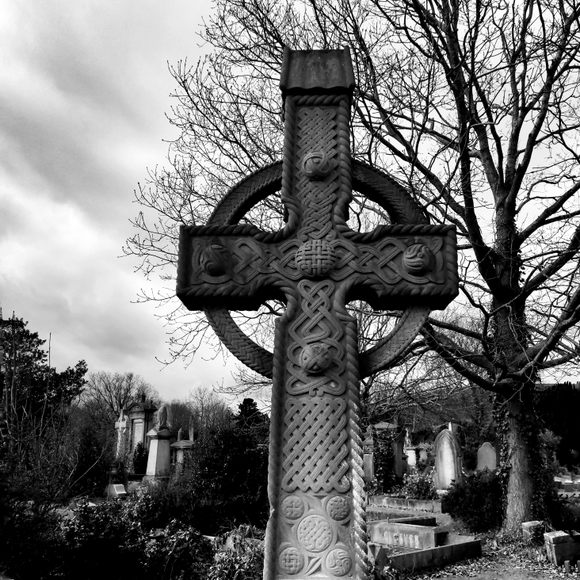

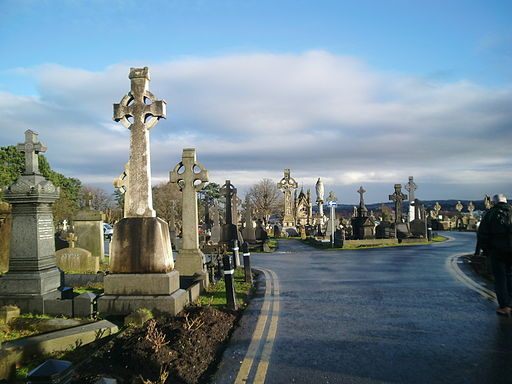
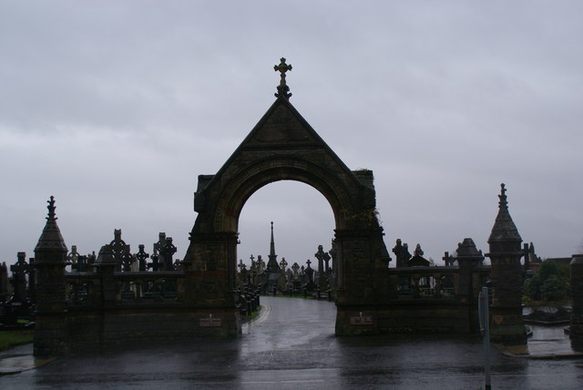









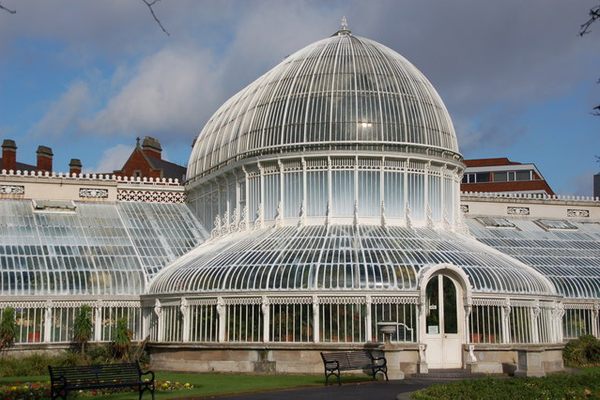
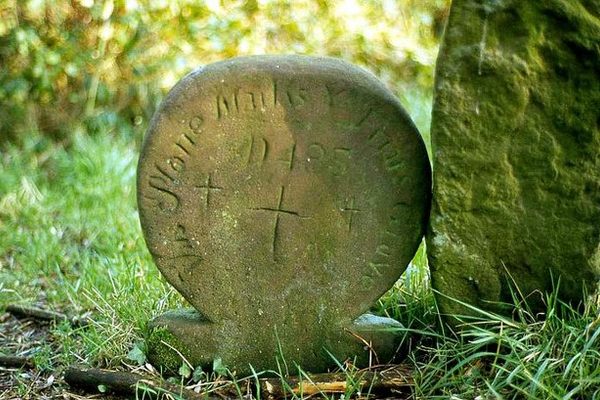
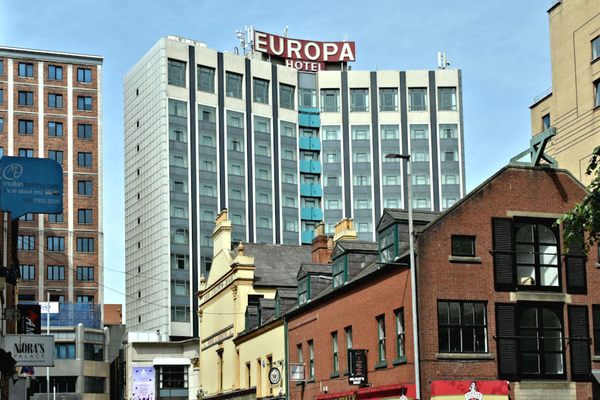





Follow us on Twitter to get the latest on the world's hidden wonders.
Like us on Facebook to get the latest on the world's hidden wonders.
Follow us on Twitter Like us on Facebook